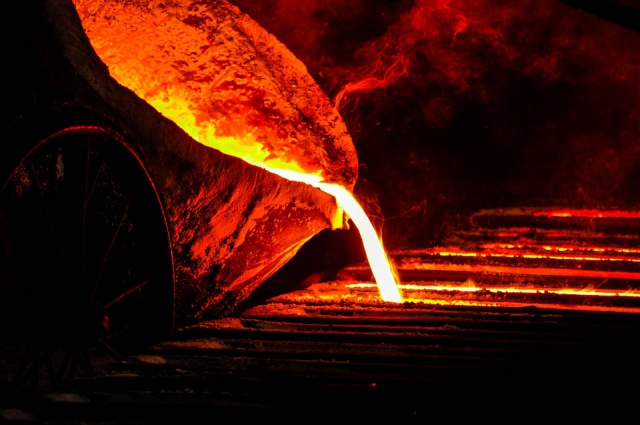World metallurgy left behind the phase of falling demand

The 4.8% increase in global steel production in January is a positive development for the steel market.
Has the steel industry left behind a phase of declining demand, adding new capacity not finding an adequate market, falling prices, rising production costs and, consequently, a prolonged period of bad Ebitda? Without a doubt, the Covid 19 pandemic has added fuel to a fire that has literally burned the backbone of many industries around the world, large or small, not to mention killing more than 2.5 million people and throwing millions more out of jobs and jobs. Against this backdrop, a 4.8% rise in global steel production in January brings a fair amount of fresh air to the gloom.
China remains a mystery with almost 7% month-over-month growth after producing more than 1.05 billion tonnes of crude steel last year. India’s January production of 10 million tonnes, up 7.6% from last January, means the projected deficit in steel production in fiscal 21 from last year will be minimized.
Globally, the steel market has been growing since the end of the lunar holidays in China. Government incentives appear to be the main driver. The EU is in the process of implementing a $ 2.19 trillion recovery plan to support the region as well as efforts to decarbonize the steel industry. It is planned to invest $ 1.9 billion in 55 railway infrastructure projects. A significant amount of idle capacity in the EU is returning to work to meet demand in the post-coronavirus market. There is a lot of discussion among the EU member states about the continuation of protective measures against steel imports.
Hopefully, from February, domestic demand in China is likely to pick up on the back of increased construction activity in the residential and commercial sectors. The Chinese government continues to take measures to stimulate infrastructure for railways, bridges, roads, flyovers, coastal waterways and infrastructure segments. China’s proposed reduction in the export discount makes the domestic market relatively more attractive to Chinese manufacturers. In the coming months, this could lead to an increase in China’s export offers. In addition, the growth in steel production in China is supporting the current high prices for salable iron ore.
Chinese investment in infrastructure development in ASEAN markets is also helping to boost steel demand in this group of countries.
Source: www.azovpromstal.com




